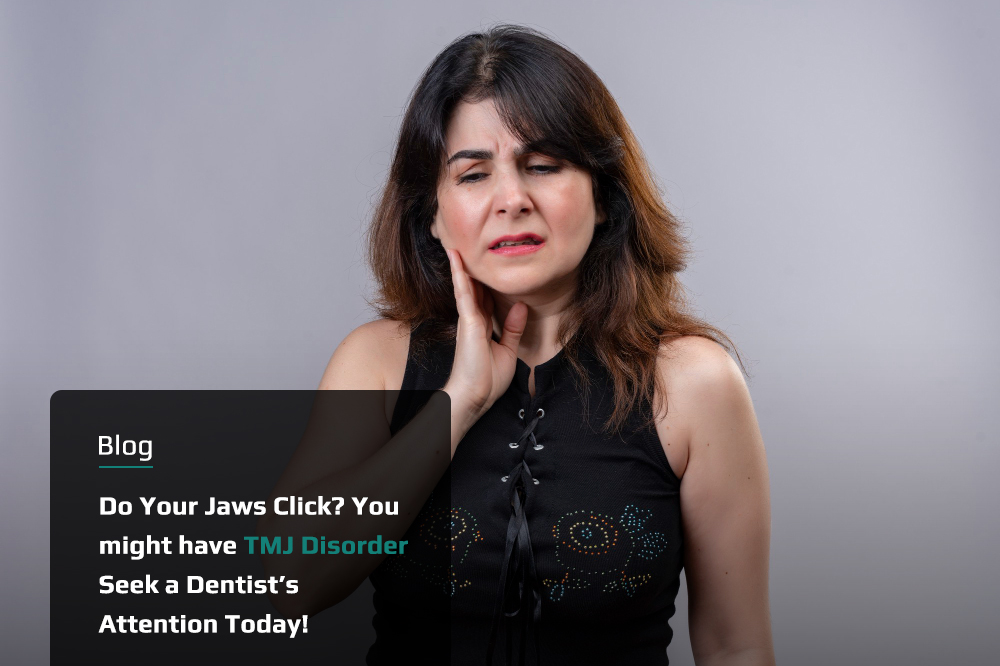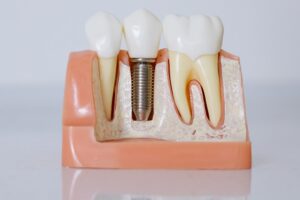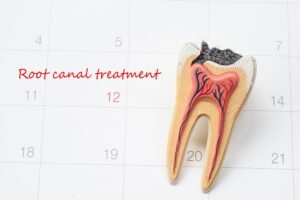The temporomandibular joint (TMJ) plays a crucial role in everyday activities like talking, chewing, and yawning. However, this joint malfunctions can lead to a range of discomfort and pain known as TMJ disorders. This blog delves into the details of TMJ disorders, their diagnosis, common signs, and available treatment options.
Understanding TMJ Disorders
TMJ disorders encompass a group of conditions affecting the TMJ and the surrounding muscles. These disorders can arise from various factors, including trauma, genetics, arthritis, or habits like teeth grinding. The joint’s complexity, involving the jawbone, cartilage, and muscles, makes it susceptible to issues.
Diagnosis of TMJ Disorders
Accurate diagnosis of TMJ disorders is essential for effective treatment. A dentist or maxillofacial specialist typically evaluates the patient’s medical history, conducts a physical examination, and might order imaging tests like X-rays or MRI scans. This thorough assessment helps determine the specific condition and its underlying causes.
Common Signs of TMJ Disorders
TMJ disorders manifest in various ways, and recognizing these signs is crucial for seeking timely treatment:
1. Jaw Pain: Pain or tenderness around the jaw joint is a primary indicator of a TMJ disorder. This discomfort can extend to the neck, shoulders, and even the ears.
2. Clicking or Popping: Audible sounds like clicking, popping, or grating when opening and closing the mouth may suggest a TMJ disorder.
3. Limited Jaw Movement: If you experience difficulty in fully opening or closing your mouth, it could be due to a TMJ issue.
4. Locking of Jaw: Some individuals might find their jaw getting stuck in an open or closed position, requiring manual manipulation to restore movement.
5. Headaches and Earaches: TMJ disorders often cause headaches, earaches, and even tinnitus due to the joint’s proximity to these areas.
Treatment Options for TMJ Disorders
The treatment approach for TMJ disorders depends on the specific diagnosis and severity of the condition. Common treatment options include:
1. Self-Care: Incorporating practices like jaw exercises, avoiding hard/chewy foods, and managing stress can alleviate mild symptoms.
2. Medications: Over-the-counter pain relievers, muscle relaxants, or anti-inflammatory drugs can provide temporary relief.
3. Dental Devices: Dentists might recommend devices like mouthguards or splints to prevent teeth grinding and provide jaw support.
4. Physical Therapy: Targeted exercises and techniques from physical therapists can help alleviate muscle tension and improve jaw mobility.
5. Injections: Corticosteroid injections or Botox injections into the jaw muscles can relieve pain and muscle tension.
6. Surgery: Surgical intervention is rare and considered when conservative methods don’t yield results. Procedures might involve joint replacement or realignment.
Conclusion: Seeking Timely Relief
TMJ disorders can significantly impact one’s quality of life. Early recognition of symptoms, accurate diagnosis, and appropriate treatment are vital for managing the condition effectively. If you’re experiencing jaw pain, clicking sounds, or any other signs associated with TMJ disorders, consulting a healthcare professional is the first step toward finding relief and restoring comfort to your daily activities.







